Remember when shopping meant something more than clicking “add to cart”? Back in the day, every town had its own collection of stores that weren’t just places to buy things—they were gathering spots, landmarks, and little pieces of home. These weren’t the big chains that dominated every strip mall, but the local spots that knew your name, your family, and exactly what you needed before you even asked.
1. Woolworth’s Five-and-Dime
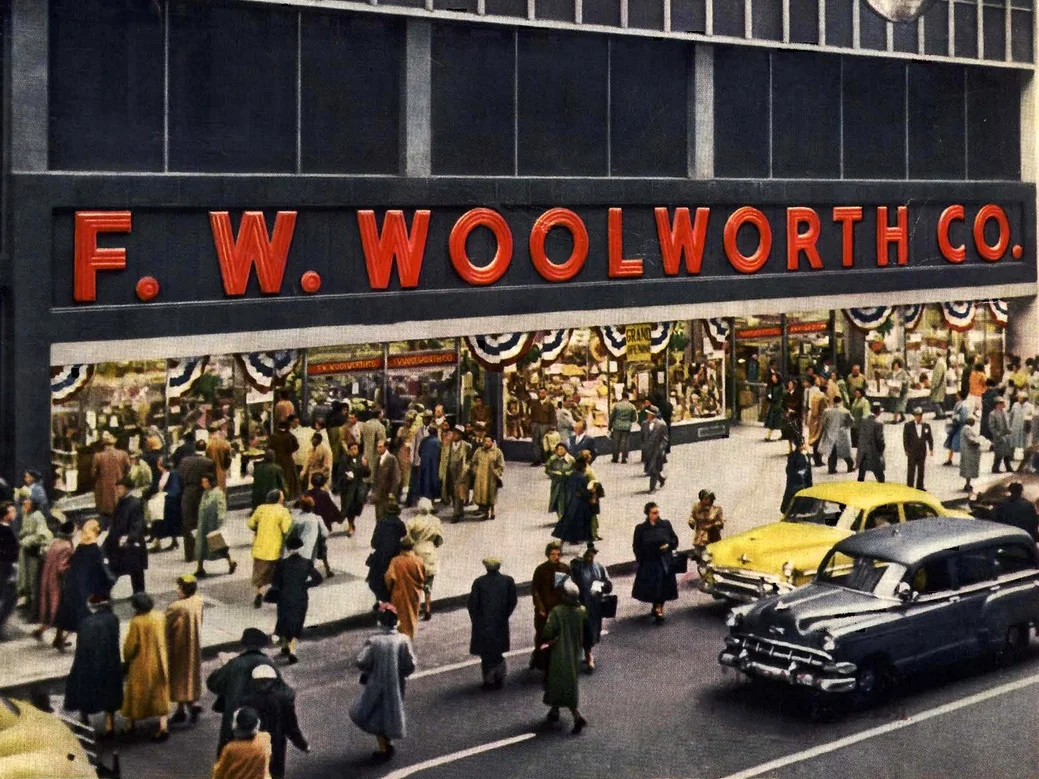
Walking into Woolworth’s was like stepping into a treasure chest where everything cost pocket change. The wooden floors creaked under your feet as you wandered past displays of everything from hairpins to hamburgers, and that distinctive smell of floor wax mixed with grilled onions from the lunch counter. You could spend an entire Saturday afternoon there with a dollar and come home with enough trinkets to fill your dresser drawer.
The lunch counter was the heart of the store, where neighbors caught up over coffee and pie while their kids spun on red vinyl stools. Woolworth’s wasn’t just about the five-cent candy or the ten-cent toys—it was about feeling like you belonged somewhere. When the last one closed in your town, it felt like losing a piece of your childhood, even if you were already grown with kids of your own.
2. S.H. Kress & Co.
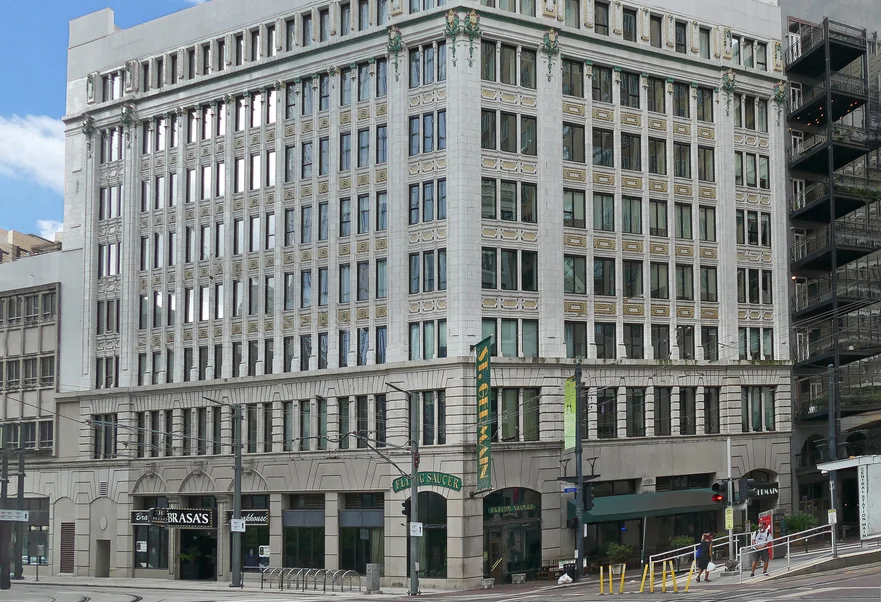
Kress was Woolworth’s fancier cousin, with those gorgeous Art Deco storefronts that made you feel important just walking through the doors. The displays were arranged like little museums, with costume jewelry sparkling under glass and bolts of fabric arranged by color like a rainbow. Every Kress store had that same magical quality—part department store, part five-and-dime, and completely unforgettable.
The lunch counters at Kress served up the best grilled cheese sandwiches and chocolate malts this side of heaven. You’d sit there with your mother after a morning of shopping, watching the hustle and bustle while savoring every sip of your cherry Coke. Those red and gold signs became as familiar as stop signs, marking the good parts of downtown in cities across America.
3. G.C. Murphy
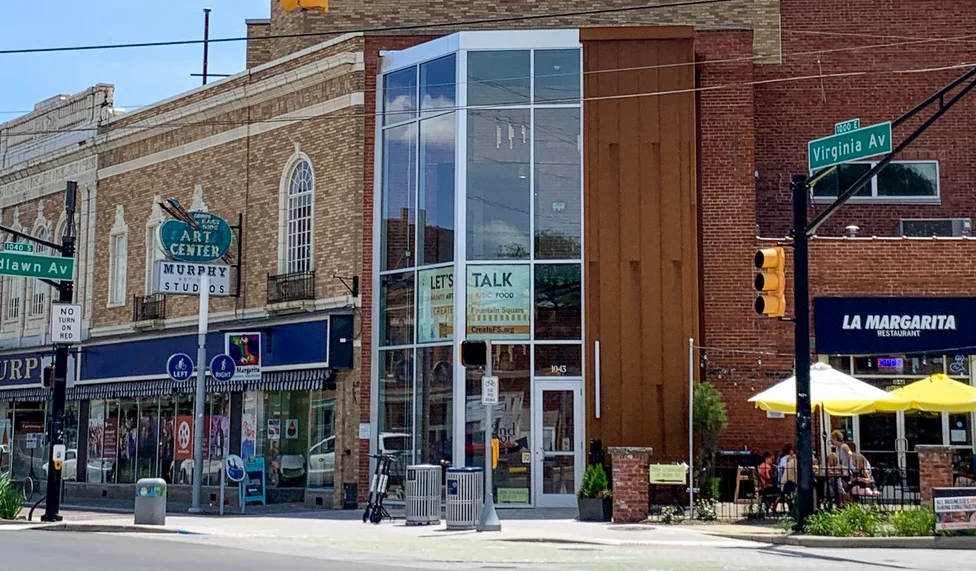
Murphy’s was where practical met affordable, and somehow made both feel special. The narrow aisles were packed floor to ceiling with everything a family could need—school supplies, work clothes, kitchen gadgets, and penny candy that actually cost a penny. The wooden floors were worn smooth by generations of shoppers, and the cash registers still had those satisfying mechanical dings.
Every Murphy’s had the same comforting chaos, with handwritten sale signs and employees who’d worked there since Eisenhower was president. You knew you’d find what you needed at Murphy’s, even if you had to hunt for it a little. The store was a reflection of the neighborhoods it served—honest, hardworking, and always there when you needed it most.
4. McCrory’s
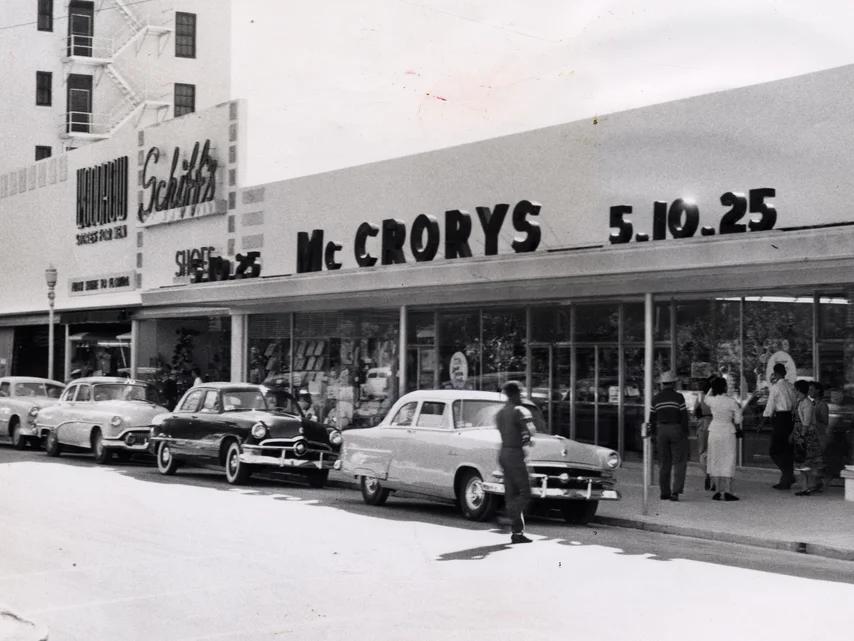
McCrory’s had a way of making the ordinary feel extraordinary, especially around the holidays when they’d transform their front windows into winter wonderlands. The store was laid out like a maze, with departments flowing into each other so you’d start looking for socks and end up in the toy section. Their lunch counter served up comfort food that tasted like home—meatloaf, mashed potatoes, and pie that was always fresh from the oven.
The best part about McCrory’s was how it felt like a secret that only your town knew about. Every location had its own personality, shaped by the local manager and longtime employees who treated customers like family. Shopping there wasn’t just an errand—it was a social event where you’d run into half the neighborhood and catch up on all the local news.
5. Ben Franklin Stores
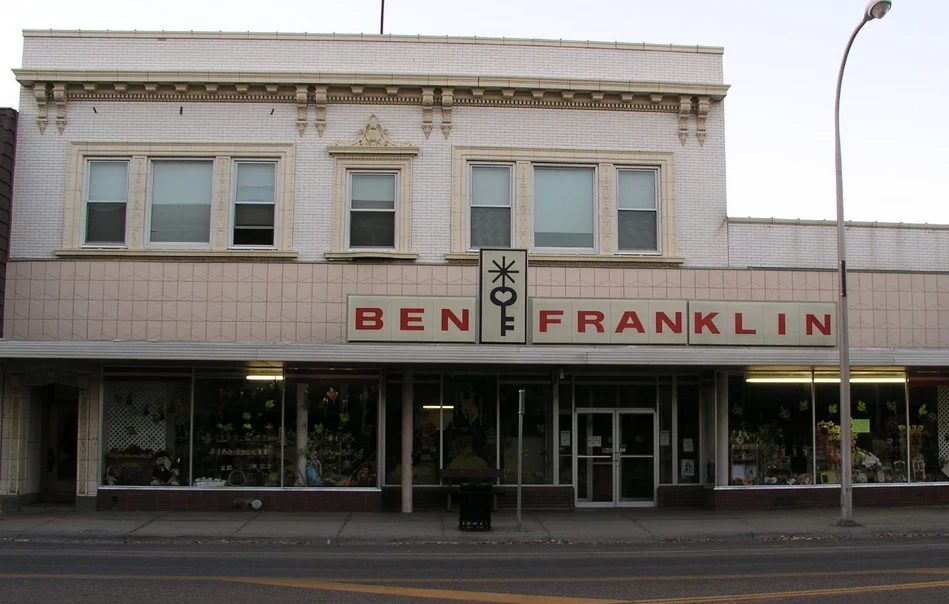
Ben Franklin lived up to its namesake’s reputation for thrift and ingenuity, offering practical solutions at prices that didn’t break the bank. The craft section was legendary among the creative types, with enough yarn, fabric, and hobby supplies to fuel a lifetime of projects. You could outfit an entire sewing room or stock up on materials for the church bazaar without spending more than lunch money.
The variety was what made Ben Franklin special—where else could you buy fishing hooks, birthday cards, and casserole dishes all in one trip? The employees were like walking encyclopedias of household wisdom, always ready with tips on the best thread for hemming or which cleaning product worked miracles on stubborn stains. It was the kind of store that made you feel capable of fixing, creating, or improving just about anything.
6. Waldenbooks

Waldenbooks was B. Dalton’s friendly rival, another mall bookstore that understood that reading was both a necessity and a luxury worth pursuing. The stores were compact but somehow managed to stock an impressive variety, from romance novels to reference books, all organized with the precision of a library catalog. The magazine rack near the front was where you’d catch up on current events while deciding which paperback would accompany you on your next vacation.
The Waldenbooks frequent buyer program made regular customers feel like VIPs, with stamps and discounts that encouraged literary exploration. The store became a refuge for teenagers who needed somewhere quiet to escape the chaos of the mall, and for parents who wanted to encourage their children’s love of reading with easy access to the latest young adult novels. Shopping at Waldenbooks felt like joining a community of readers who understood that books weren’t just entertainment—they were portals to other worlds.
7. Gimbels
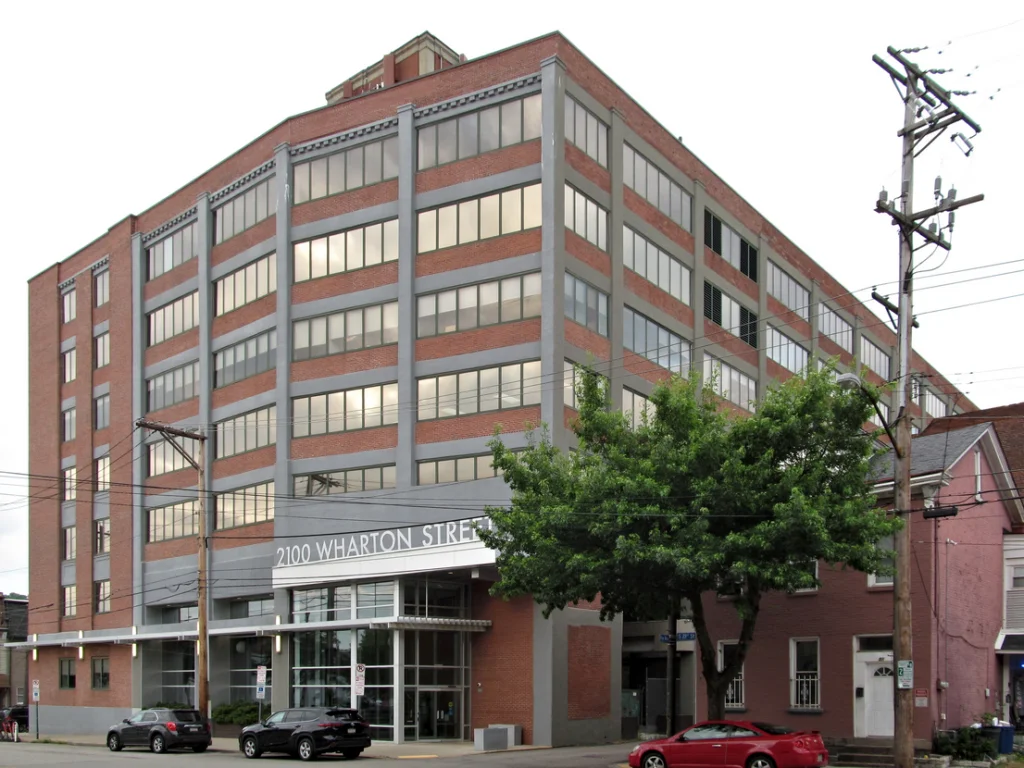
Gimbels was the department store that gave Macy’s a run for its money, offering everything from cosmetics to furniture under one magnificent roof. The flagship stores were retail palaces with soaring ceilings, marble floors, and elevator operators who announced each floor like they were conducting a symphony of shopping. Walking into Gimbels felt like entering a world where elegance was the standard and customer service was an art form practiced by true professionals.
The annual sales at Gimbels were legendary events that drew crowds from across the city, with bargains so good that people would line up before dawn just to get through the doors. The store understood that shopping was theater, and they played their part perfectly with elaborate window displays that changed with the seasons and special events that made every visit feel like an occasion. When Gimbels finally closed, it felt like the end of an era when department stores were destinations, not just places to buy things.
8. Newberry’s
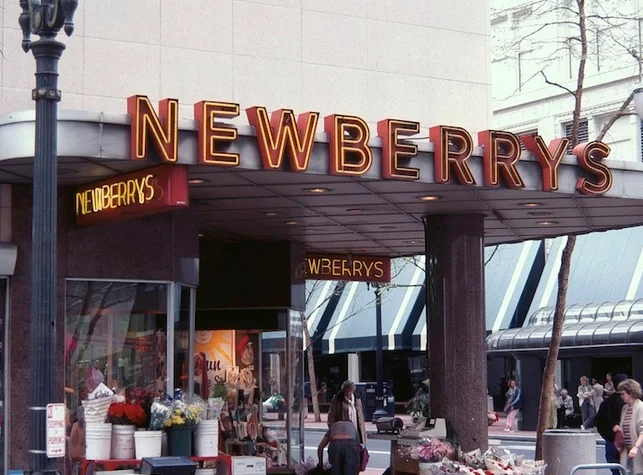
J.J. Newberry created stores that felt like community centers disguised as retail establishments. The lunch counters were legendary gathering spots where business deals were struck over coffee and friendships were forged over shared pieces of pie. Every Newberry’s had its own rhythm, from the morning rush of coffee and donuts to the afternoon crowd of mothers with children in tow.
The store’s layout encouraged exploration, with each department revealing new treasures on every visit. The fabric section was particularly beloved by the ladies who lunched, offering patterns and materials for the latest fashions at prices that made creativity affordable. Newberry’s understood that shopping wasn’t just about buying things—it was about being part of a community.
9. Tower Records
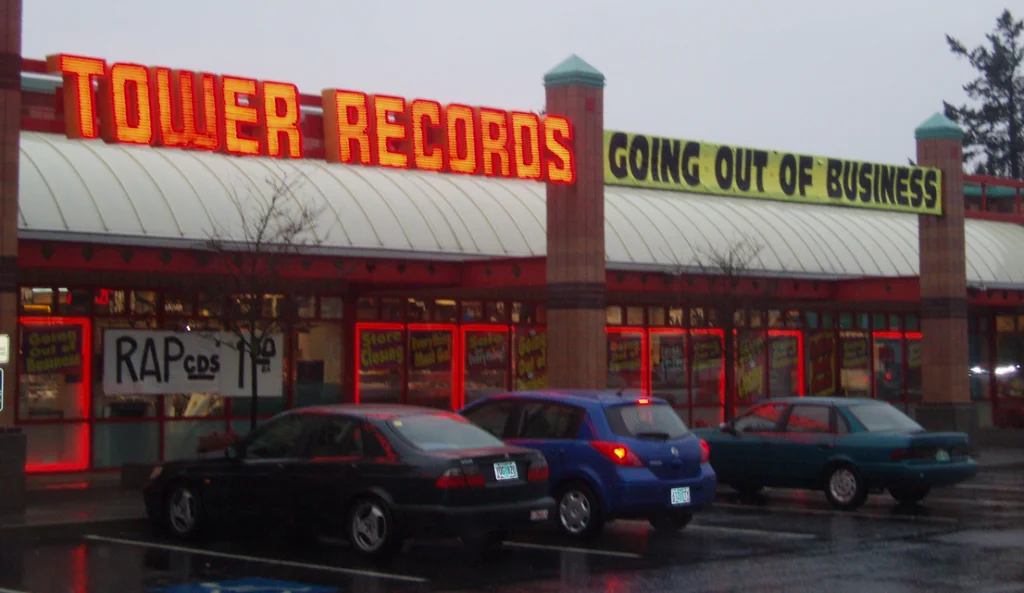
Tower Records was the cathedral of music lovers, where you could spend entire afternoons flipping through vinyl records and discovering bands you’d never heard of but knew you had to own. The stores were organized chaos, with listening stations where you could preview albums and knowledgeable staff who could recommend the perfect soundtrack for whatever mood you were in. The yellow and red logo became synonymous with musical discovery, marking the spots where serious music fans gathered to worship at the altar of sound.
What made Tower Records magical wasn’t just the incredible selection—it was the culture of musical exploration that thrived within those walls. You’d go in looking for one specific album and leave with an armload of discoveries, from import singles to bootleg recordings that you couldn’t find anywhere else. The midnight album release parties were legendary events where fans would camp out to be among the first to own the latest from their favorite artists, creating a sense of community that streaming services could never replicate.
10. Coast-to-Coast Stores
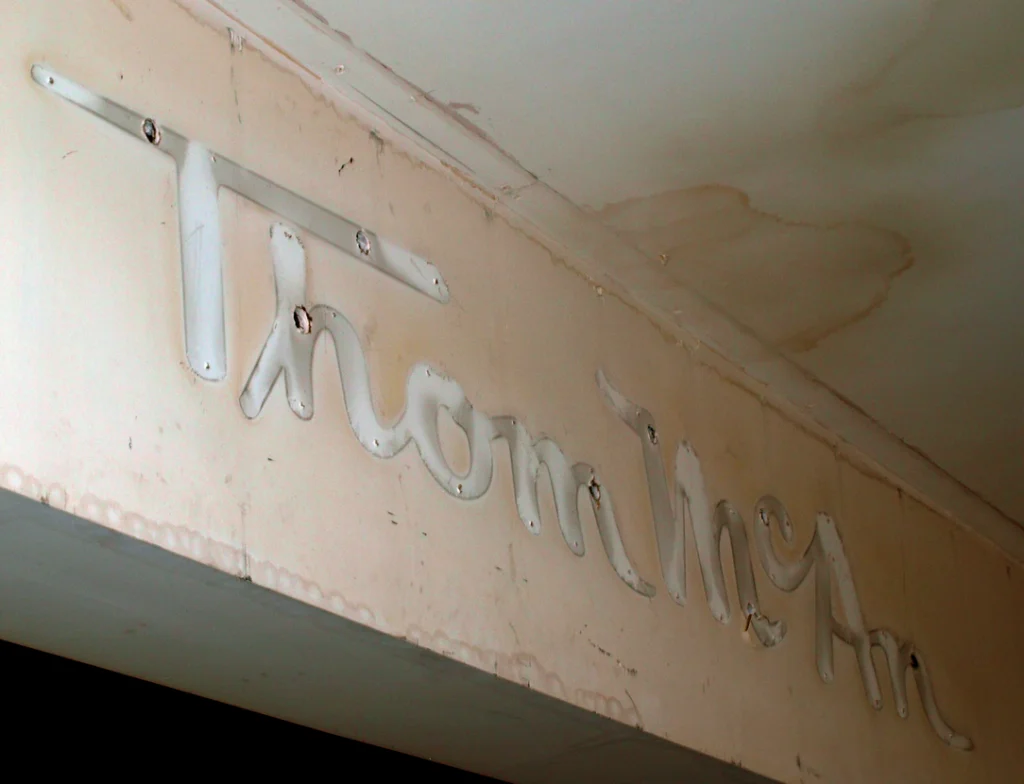
Coast-to-Coast was the hardware store that somehow managed to stock everything from fishing lures to washing machines in spaces that defied the laws of physics. The aisles were narrow and packed high with merchandise, creating a treasure hunt atmosphere where you never knew what useful item you might discover. The smell of motor oil, fertilizer, and new tools created an oddly comforting industrial cologne.
The real magic of Coast-to-Coast was in the expertise of its employees, many of whom could diagnose your lawn mower troubles or recommend the right bolt just by looking at the broken piece you brought in. Saturday mornings were particularly special, when the store filled with neighbors catching up while shopping for weekend projects. It was the kind of place where you’d go in for a screwdriver and come out with solutions to problems you didn’t even know you had.
11. RadioShack
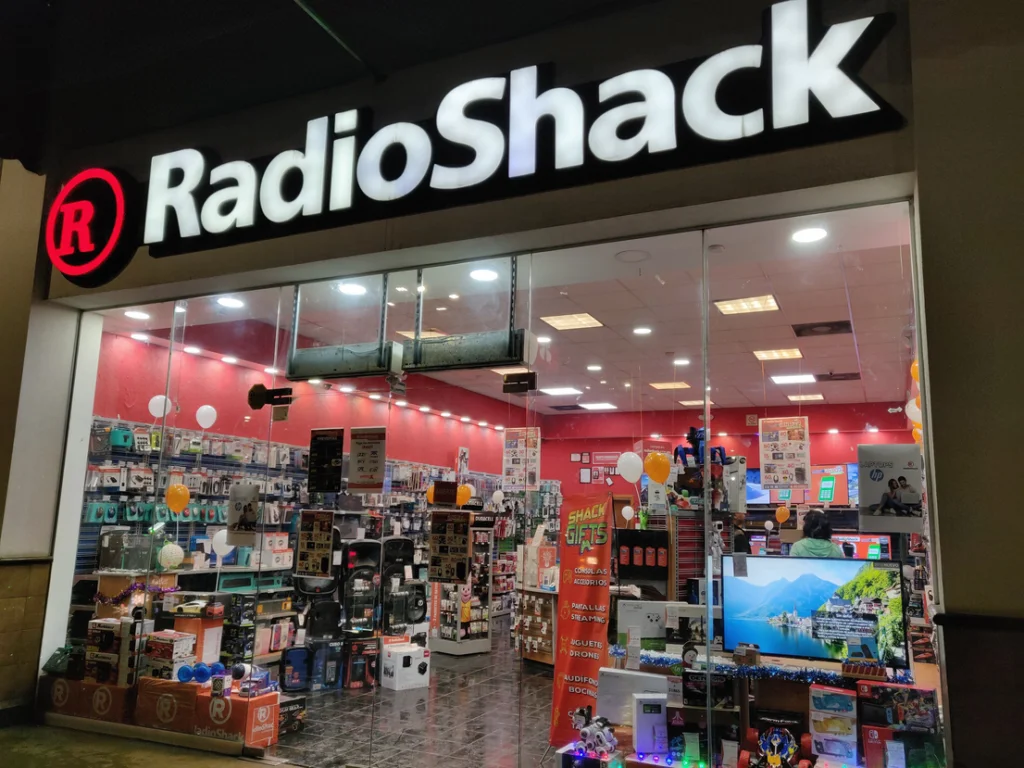
RadioShack was the electronics wonderland where the future lived in tiny packages, and every gadget promised to unlock new possibilities. The walls were lined with drawers full of resistors, capacitors, and components that looked like tiny alien artifacts to most folks, but represented endless potential to the tinkerers and ham radio operators who made the store their second home. Walking into RadioShack meant entering a world where technology was still magical, where a simple transistor radio could connect you to voices from around the world.
The employees at RadioShack were like wizards of the electronic age, able to diagnose your stereo troubles or recommend the perfect antenna for better TV reception. They spoke in a language of ohms and watts that sounded like secret knowledge, and they genuinely got excited about helping you solve your electronic puzzles. Whether you needed batteries, a CB radio for your truck, or your first computer, RadioShack was the place where ordinary people could touch the cutting edge of technology without needing an engineering degree.
12. Ames
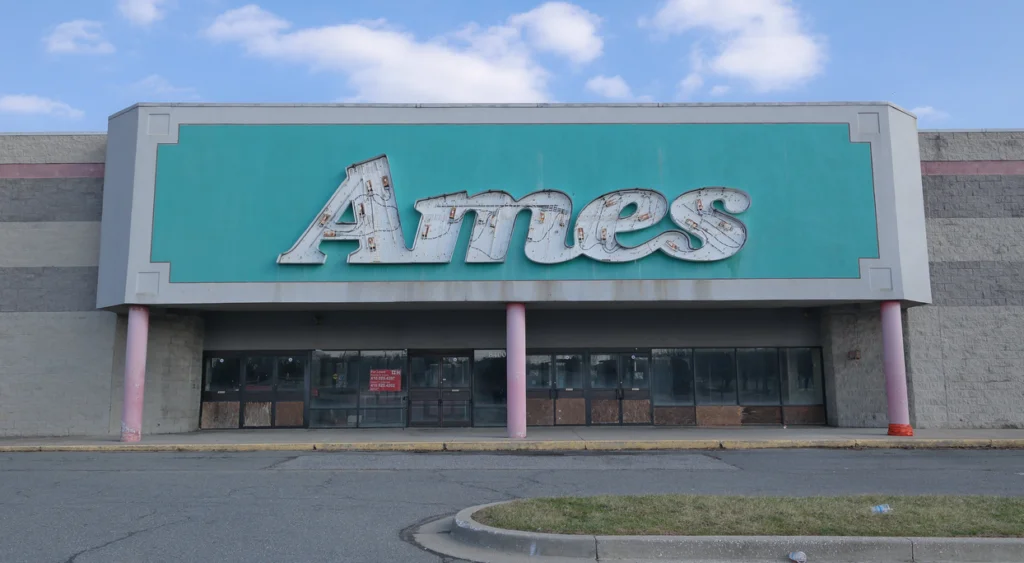
Ames was the department store that brought big-city selection to small New England towns that the major chains had forgotten. The wide aisles and warehouse-style layout made everything feel abundant and affordable, from children’s clothing that could survive a playground battle to garden tools that would last through decades of New England winters. Walking into Ames felt like discovering a secret warehouse where brand-name merchandise had been marked down just for you.
The automotive section at Ames was legendary among do-it-yourselfers, stocking everything from motor oil to snow tires at prices that made car maintenance affordable for working families. Shopping there became a weekend ritual for many families, who would make the drive to the nearest Ames location armed with shopping lists and high hopes for unexpected bargains. The store understood its customer base perfectly—hardworking folks who needed quality goods at honest prices, no frills required.
13. Zayre
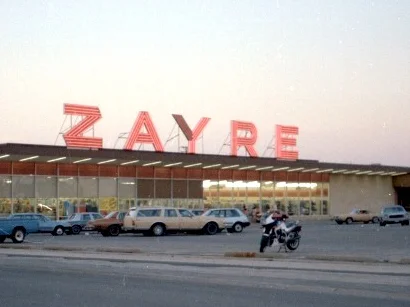
Zayre was the discount pioneer that proved you didn’t have to spend a fortune to look good and live well. The wide aisles and bright fluorescent lighting created an atmosphere of abundance, with everything from designer-inspired clothing to home electronics displayed like treasures waiting to be discovered. The “Zayre means savings” jingle played in your head long after you left the store, a cheerful reminder of the bargains you’d found.
What made Zayre special wasn’t just the low prices—it was the way they made discount shopping feel respectable, even desirable. The stores were clean, well-organized, and staffed by people who understood that everyone deserved to shop with dignity, regardless of their budget. Zayre proved that value and quality could coexist, paving the way for the discount revolution that would eventually consume retail America.
These stores weren’t just places to shop—they were the backdrop for countless memories, first jobs, and community connections that shaped entire generations. Each one had its own personality, its own loyal customers, and its own way of making the mundane act of buying necessities feel like something special. While progress has brought us convenience and selection that our parents never dreamed of, something irreplaceable was lost when these familiar names disappeared from Main Street America forever.
This story 13 Store Names That Meant Something to You—But No One Else Remembers was first published on Takes Me Back.


